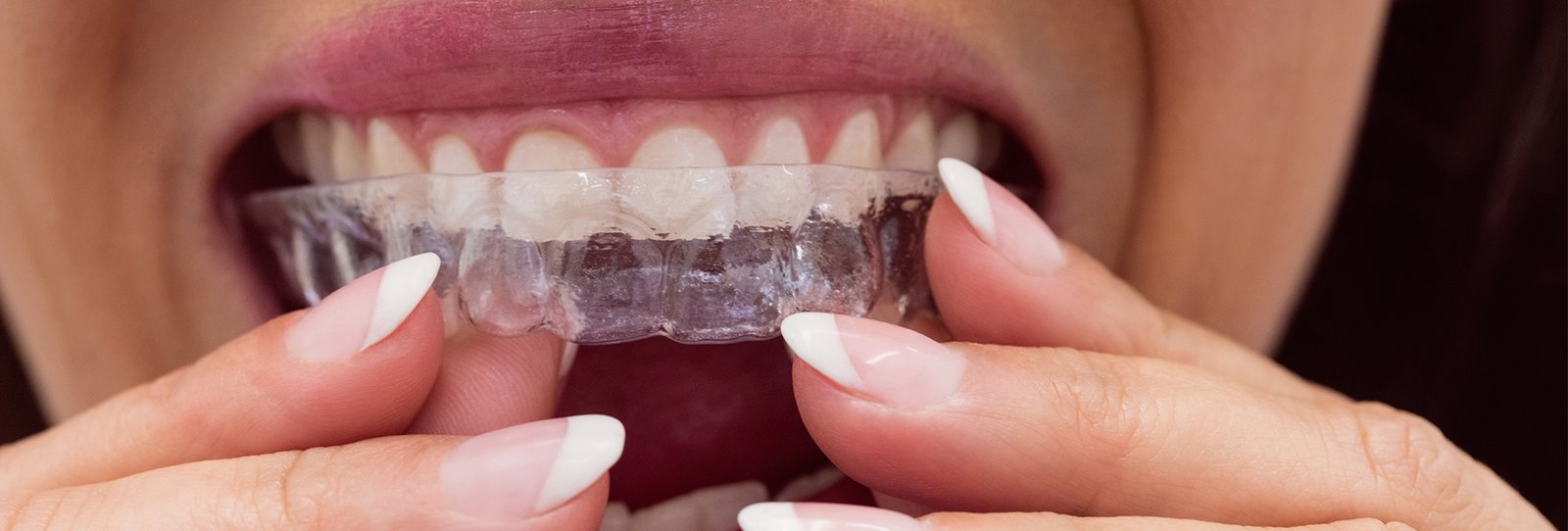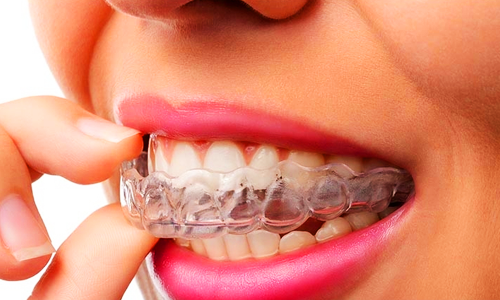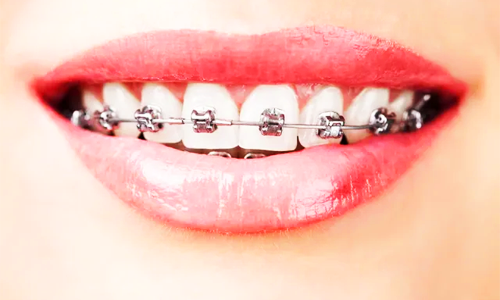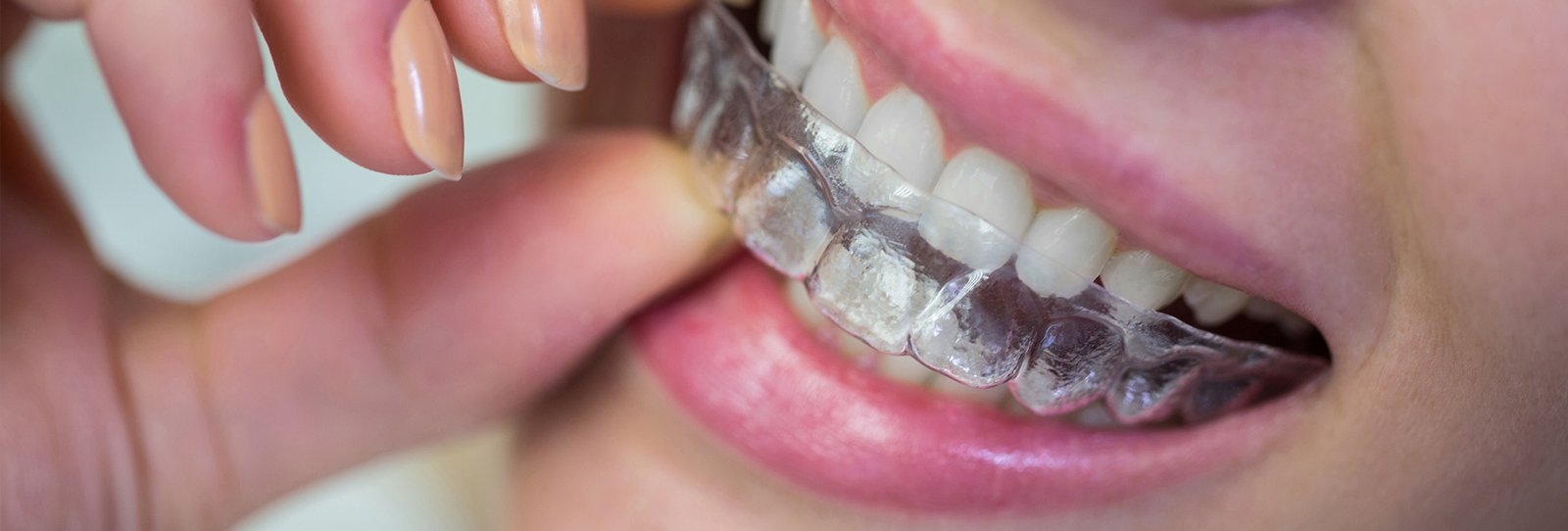What are Braces and aligners?
Braces and aligners are orthodontic devices designed to correct misalignments of teeth and jaws, contributing
to improved dental health and aesthetics. These treatments aim to align teeth, fix bite issues, and enhance
overall oral function. Here is a comprehensive overview of these orthodontic solutions.
Introduction to Braces and Aligners
Definition of Braces
Braces are orthodontic appliances made of brackets, wires, and bands that apply gentle pressure to shift teeth
into proper alignment.
Definition of Aligners
Aligners, on the other hand, are clear, removable trays custom-made to fit over teeth, gradually guiding them
into the desired position.
Purpose of Braces and Aligners
Correcting Dental Misalignment
Both braces and aligners address crowded, crooked, or spaced teeth, correcting various dental misalignments.
Addressing Bite Issues
They also rectify bite problems like overbite, underbite, and crossbite, improving overall oral function and
facial aesthetics.

Procedure and Process
The orthodontic journey typically involves initial consultation, fitting of the braces or aligners, periodic
adjustments, and adherence to maintenance guidelines.
Pros and Cons of Braces vs. Aligners
Effectiveness
While braces may be more effective for complex cases, aligners offer greater discretion and comfort during
treatment.
Visibility
Braces are more noticeable, whereas aligners are virtually invisible, allowing users to undergo treatment
without drawing attention.
Comfort and Convenience
Aligners are removable, enabling easier eating and oral hygiene, while braces may cause slight discomfort
initially but require less user responsibility.
Who Can Use Braces and Aligners?
Orthodontic treatments are suitable for individuals of various ages, depending on dental conditions and
treatment requirements.
Common Myths About Braces and Aligners
Contrary to misconceptions, modern orthodontic treatments are generally comfortable and not solely for
cosmetic purposes.
Lifestyle Considerations with Braces and Aligners
Both braces and aligners require certain dietary adjustments and meticulous oral hygiene practices for
optimal results.
Speech and eating habits might be temporarily affected but generally adjust as the patient adapts to the
orthodontic devices.
Advancements in technology continue to improve the efficiency, comfort, and effectiveness of both braces
and aligners.
Real-life accounts and before-and-after stories serve as inspiration and guidance for individuals considering
orthodontic treatment.






